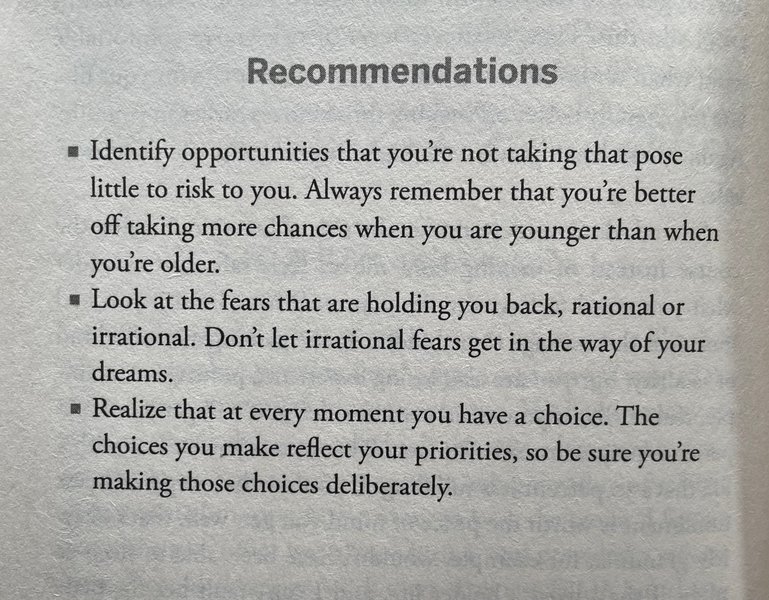Personal MBA
The only 2 steps for asymmetric upside:
Identify someone else’s bottleneck(s)
Solve and provide uncomfortable amounts of free value to them
This breed of company will never spring from the mind of a committee; it would never have been permitted to endure in its current form, with thousands of employees organizing themselves around problems at hand, if we had submitted to the conventional managerial model in American corporate life.
“Again and again in business history, an unknown company has come from nowhere and in a few short years overtaken the established leaders without apparently even breathing hard. The explanation always given is superior strategy, superior technology, superior marketing, or lean manufacturing. But in every single case, the newcomer also enjoys a
... See morePeter Drucker, The Essential Drucker
I learned this formula for success from Charlie Munger:
1. Don’t sell stuff you don’t want to buy.
2. Don’t work for people you don’t want to become.
3. Create win-win relationships for all.

Die With Zero
When we [at Y Combinator] say ‘focus on product,’ it means that you put almost all of those hours into talking to users, creating product, and making sure that you have some users that really love your product.
Here are 7 steps I would follow if I were starting my business from scratch tomorrow:
Understand one problem that one specific group of people have
Create a clear and concise roadmap to solving that problem
Figure out your product format
Decide on where to host it
Find some customers
Turn customers into testimonials
Create a system for repeatable selling
... See moreThe fastest-moving entrepreneurs are obsessive resource allocators. Similar to investors, they seek the best risk-adjusted returns with the resources they have. The main resources of the business are time (of the team), attention (of the team), and capital (of the business). So resource allocation is 1) aligning attention on the most important
... See moreYou have to build a great pipeline. Your best pipeline is going to come from your personal contacts. You literally have to sit everyone at your company down and tell them to name the 10 best people they've ever worked with or gone to school with … You get those 10 best people and then you just pound the pavement. You have lunch, coffee, breakfast,